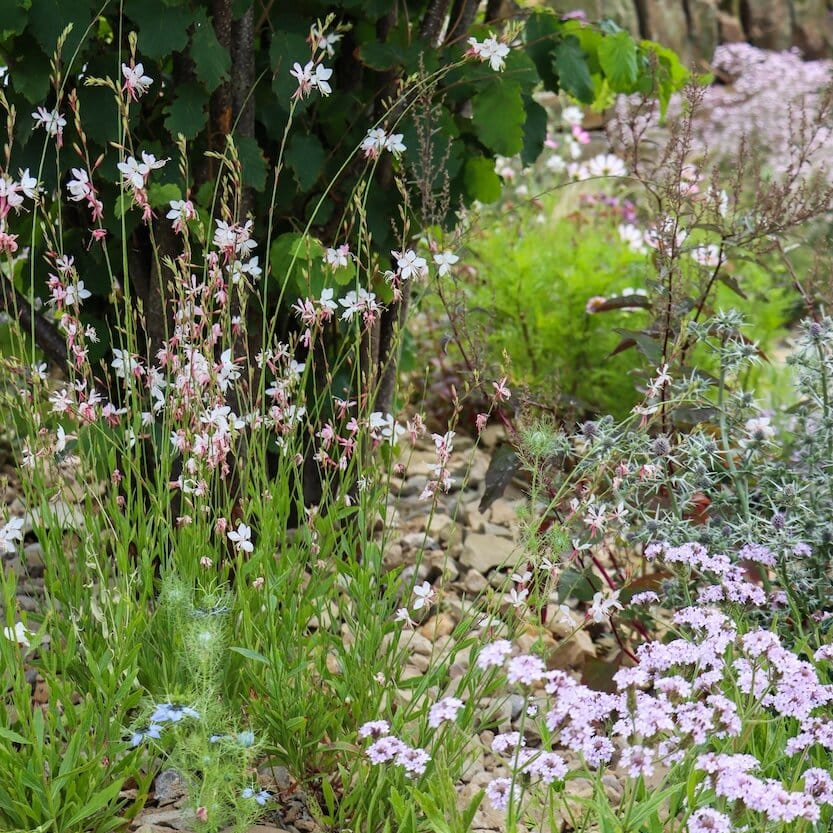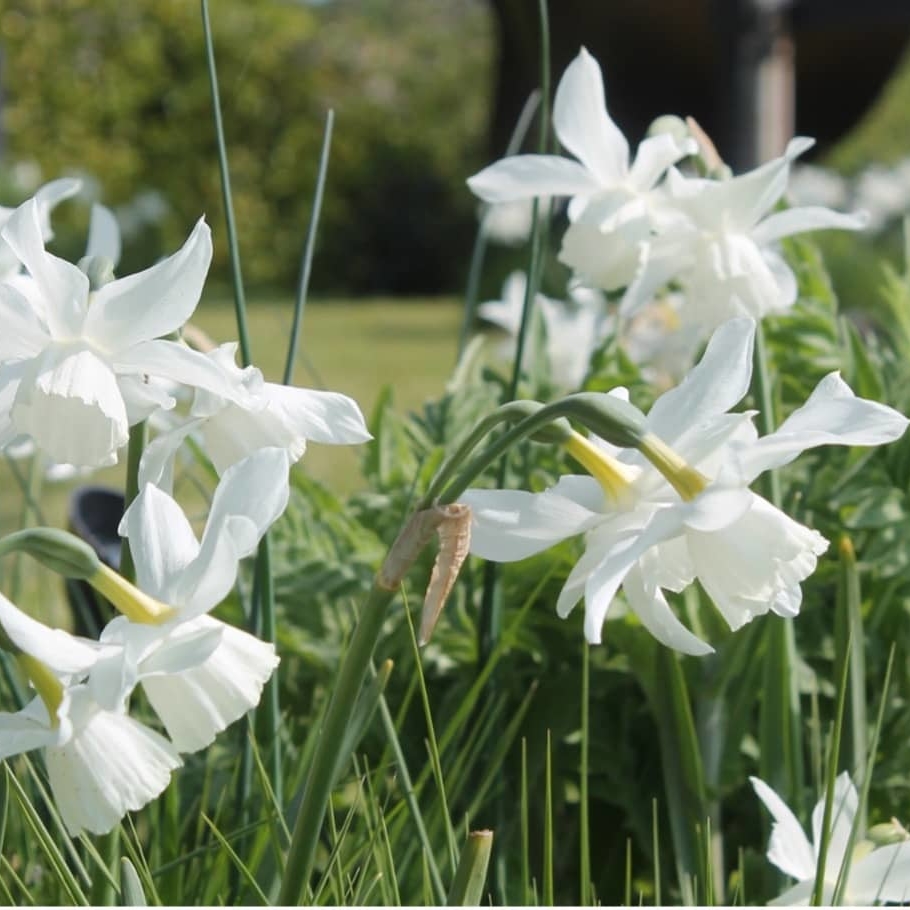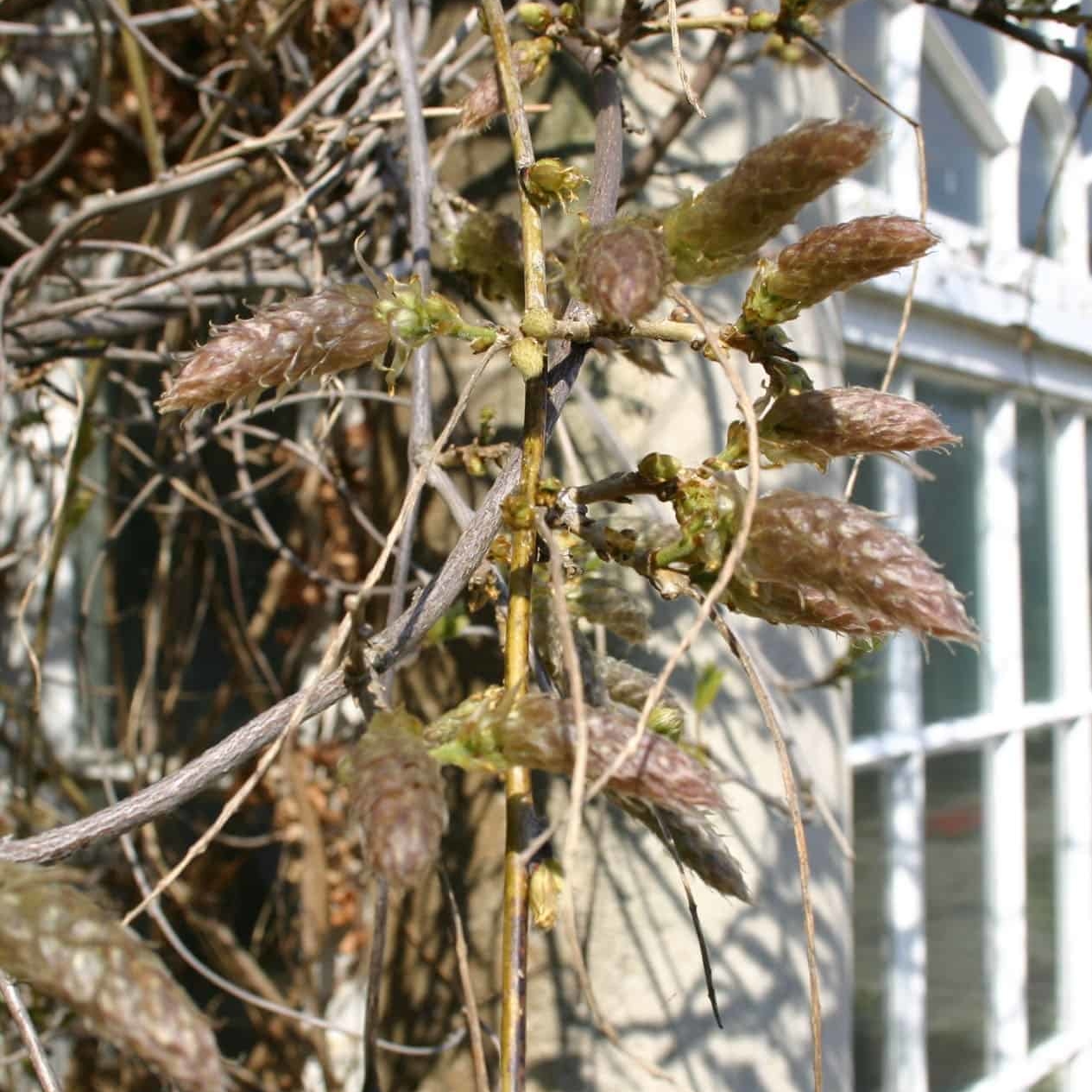Earthlite™: A Climate-Smart Planting Medium for the Future of Horticulture
An idea developed by Bestall & Co, Earthlite™ is a sustainable, nutrient-responsive growing medium engineered for climate-resilient landscapes. Created after four years of research, field trials, and refinement, Earthlite™ is setting a new standard in horticultural practice—offering superior plant performance, improved biodiversity, and circular economy credentials in one innovative blend.
Why We Created Earthlite™
At Bestall & Co, we’ve spent over two decades creating gardens that are beautiful, functional, and increasingly, environmentally intelligent. But as extreme weather, urban compaction, and declining soil health became more frequent issues, it became clear: traditional topsoil and compost-based substrates weren’t cutting it.
We needed a new kind of growing medium—one that could:
- Perform in challenging conditions
- Reduce dependence on virgin materials
- Offer a consistent, predictable mineral profile
- Support calcicole (lime-loving), drought-tolerant, and wildflower-rich communities
Earthlite™ was our answer.
Learn more about our design philosophy
What is Earthlite™?
Earthlite™ is a carefully balanced soil blend consisting of:
- 60% crushed waste natural materials (brick, tile, concrete, limestone, sandstone)
- 27% loam
- 3% organic matter
This unique formula mimics the structural and chemical properties of some resilient natural soils while offering superior drainage, nutrient longevity, and environmental sustainability.
The Science Behind the Soil
Each component of Earthlite™ has been selected based on its soil science profile and long-term planting performance. Here’s how it works:
Crushed Waste Natural Materials (60%)
Sourced from on site demolition works, this mineral-rich blend includes:
- Clay bricks & terracotta tiles – Provide potassium, iron, and aluminosilicates that slowly release nutrients through microbial weathering.
- Concrete – High in calcium carbonate (CaCO₃), it helps maintain a stable alkaline pH and absorbs CO₂ through carbonation, acting as a micro carbon sink.
- Limestone – Boosts calcium levels and enhances soil structure, mimicking chalk grassland environments.
- Sandstone – Contains silica, potassium, and magnesium, improving plant resilience and drainage.
These crushed materials also create an open, porous structure that prevents compaction and promotes healthy root growth—critical for urban tree planting and drought-prone landscapes.
Discover how we use sustainable aggregates in our landscape schemes
Loam (27%)
Loam gives Earthlite™ its balance. With a natural mix of sand, silt, and clay, it supports:
- Healthy microbial life
- Stable moisture retention
- pH buffering
- Root development
It also improves nutrient retention (cation exchange capacity) and provides the “memory” of a living soil system, essential for ecological succession.
Organic Matter (3%)
Rather than relying on peat or compost-heavy materials, Earthlite™ includes a precise dose of organic matter in the form of PASS100 green waste compost. This encourages:
- Microbial colonisation
- Mycorrhizal associations
- Gradual nutrient cycling
This low level of organics mirrors low-nutrient habitats like wildflower meadows, reducing maintenance needs and discouraging invasive species.
Learn more about our approach to regenerative planting
Why Nutrients in Crushed Waste Matter
While often seen as inert, many building materials—particularly bricks, concrete, and stone—contain essential plant nutrients locked within their mineral structures.
Here’s how they benefit the soil:
- Potassium from clay-based materials supports flowering and water regulation.
- Calcium carbonate buffers pH and strengthens plant cell walls.
- Magnesium from limestone aids chlorophyll production.
- Phosphorus in brick rubble supports root growth, released gradually through microbial breakdown.
- Silica from sandstone increases drought tolerance and resistance to fungal infection.
As these materials weather naturally in the soil, they release nutrients slowly and sustainably over time, reducing the need for synthetic fertilisers.
pH, Drainage & Structure
Earthlite™ is naturally alkaline (pH 7.8–8.5), making it ideal for:
- Chalk grassland species
- Mediterranean herbs
- Drought-tolerant perennials
Its coarse, open structure ensures excellent drainage and oxygen availability—perfect for green roofs, sloped gardens, and raised planting beds.
The particle sizes can be adjusted project-by-project, allowing for custom drainage rates and textural blends.
A Living Medium: Biology & Succession
Although Earthlite™ begins life with low organic matter, it becomes biologically rich over time.
As plants grow and shed leaves, roots exude sugars, and microbial communities develop, Earthlite™ transforms from inert aggregate into a thriving soil food web. After one growing season, we typically observe:
- Increased fungal activity
- Formation of soil aggregates
- Higher invertebrate populations
- Improved carbon storage in the upper horizon
This slow, natural process aligns with ecological succession and creates resilient plant communities that thrive with minimal input.
Regional Adaptability & Use Cases
Earthlite™ is highly adaptable and can be tailored to suit specific project requirements. It’s especially effective in:
- Urban courtyards & podium landscapes – Lightweight, free-draining, and compaction-resistant
- Wildflower meadows – Low fertility encourages diversity and resilience
- Rewilding & meanwhile spaces – Circular economy at its best, using what’s already onsite
- Tree pits & rain gardens – Maintains aeration and supports deep rooting
Custom mixes are available based on site pH, drainage needs, and planting palette.
Contact our team to discuss your project
Environmental Credentials
Earthlite™ is not just good for plants—it’s good for the planet.
- Carbon capture: Crushed concrete absorbs atmospheric CO₂ over time through carbonation.
- Waste reduction: Diverts masonry waste from landfill and reduces reliance on imported topsoil.
- Circular economy: Uses regional by-products to build regional ecology.
- No peat, no plastic: Contains zero peat, synthetic fertilisers, or plastic additives.
We’ve already used Earthlite™ in a range of successful projects, including commercial and domestic settings.
View our Earthlite™ case studies
Summary: A Future-Resilient Planting Medium
Earthlite™ is more than a soil substitute. It’s a climate-adaptive, ecologically supportive, and design-flexible growing medium created for the landscapes of tomorrow.
Whether you’re planting a wildlife-rich meadow, restoring an urban brownfield site, or designing a resilient modern garden, Earthlite™ provides:
- A mineral-rich, low-maintenance growing base
- Circular sustainability credentials
- Carbon sequestration through natural processes
- Regional flexibility across each garden project
Interested in creating your own Earthlite™ borders for your project?
Get in touch with Bestall & Co
We’ll help assess if your project and site are suitable.
Lee Bestall
Founder & Design Director at Bestall & Co Landscape Design, a practice recognised as one of the best garden design companies in the North & Midlands of England. Lee's objective in life is to facilitate the design and build of fabulous gardens and sculpt beautiful landscapes which enhance the natural beauty of the world, as well as transforming the world his clients live in. "My personal mission is to design my own park or village based around a central courtyard garden. My goal in business is to create a nationwide design consultancy which can support my dream." Read more >> or Connect with Lee on LinkedIn >>



